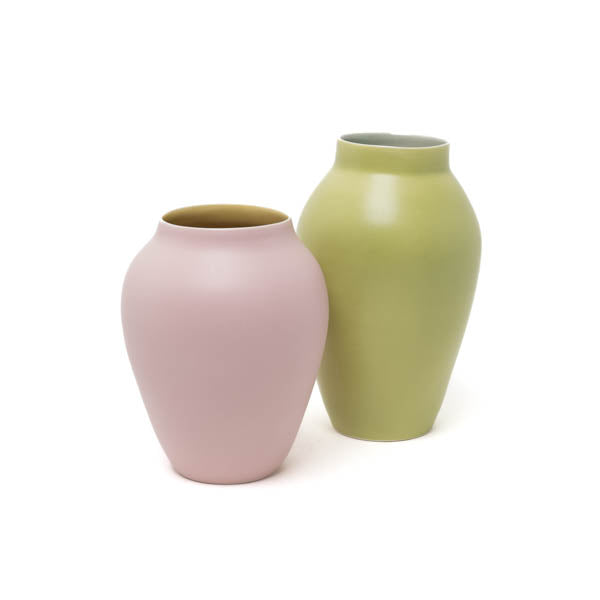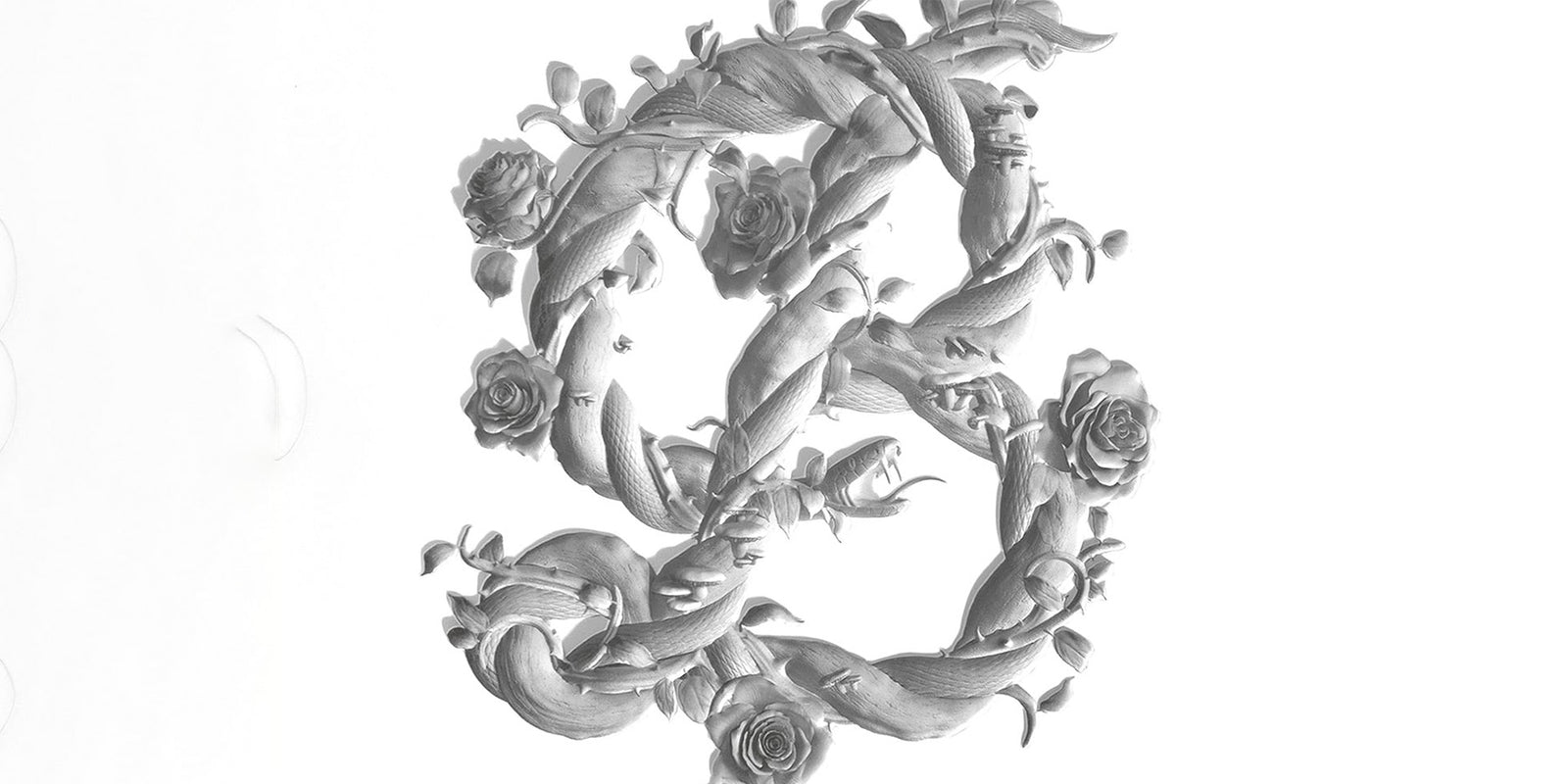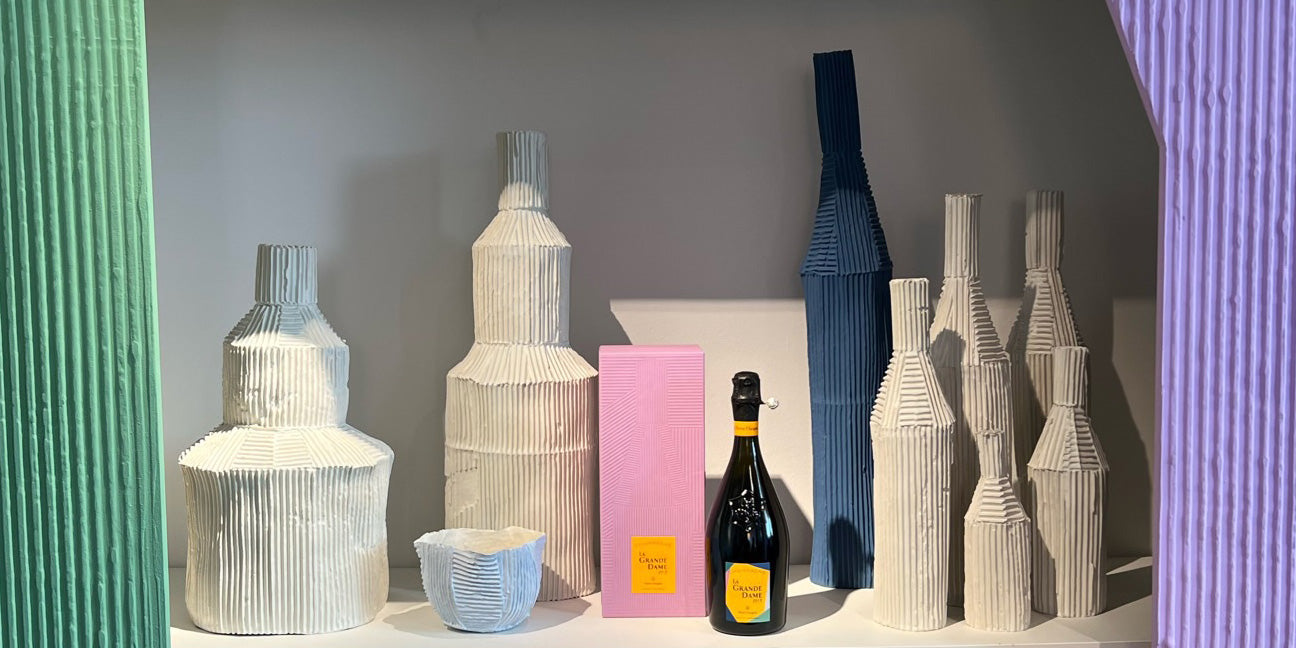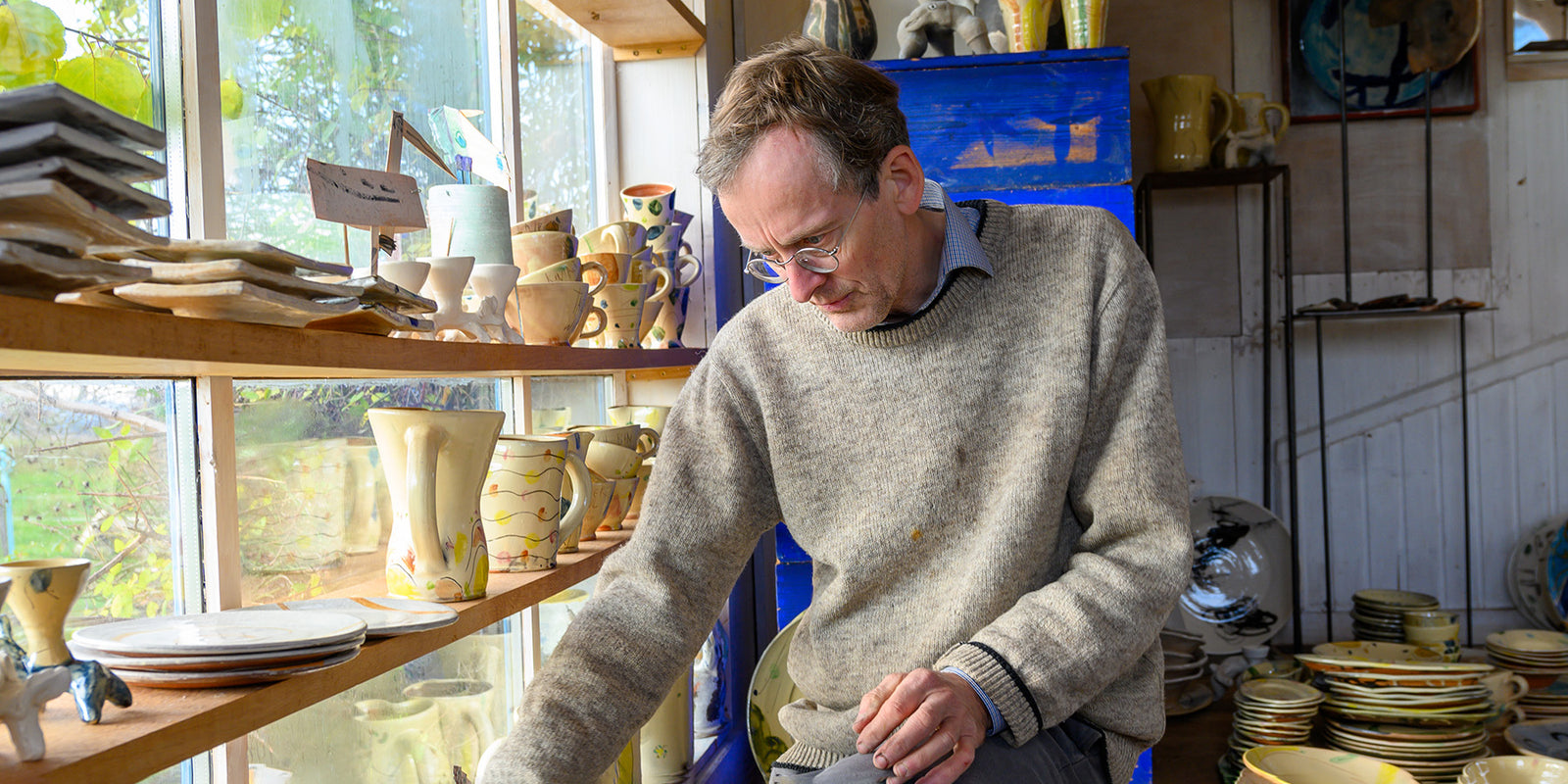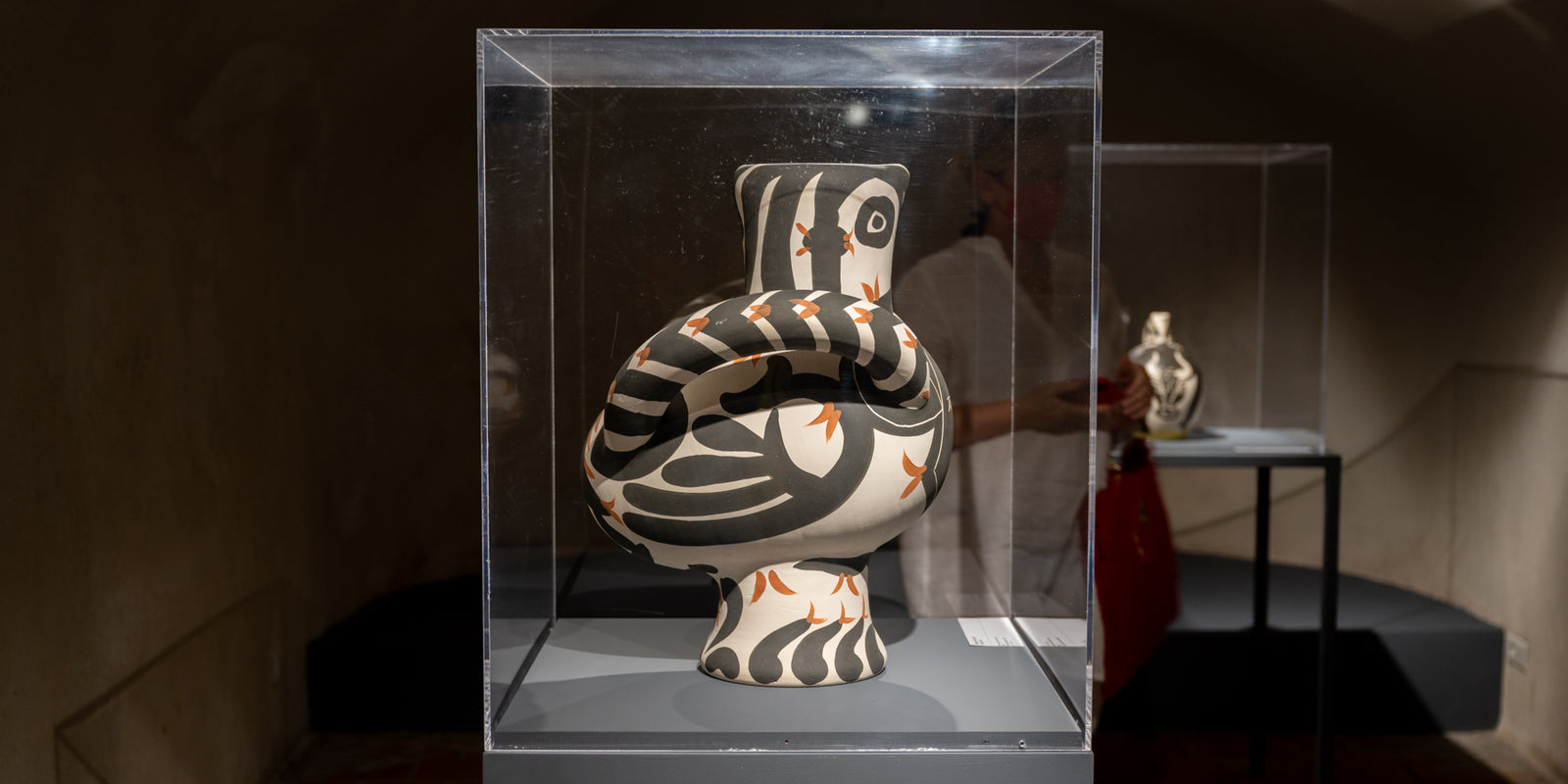"Beauty has an incredible power," explains Austrian - New York-based - star designer Stefan Sagmeister, who has been intensively dedicated to the topic for years due to his conviction of its positive effects. He takes a new look at the value of aesthetics and its function.
For centuries, art and design have strived for beauty. A complex question that philosophers and thinkers, from Plato to Kant, have always been concerned with. While the importance of the topic was still significant until the end of the 19th century, the American architect Louis Sullivan defined the principle "Form follows Function" in 1896 and emphasized that the form of a building or object should be directly derived from its function. Viennese architect Adolf Loos declared ornament to be a crime in an essay in 1908, stating it was a remnant of a bygone era that had no place in modern society. These concepts served as the principles of modernity and banished beauty as kitsch from society, design, and architecture.
Throughout the 20th and 21st centuries, beauty has been and is rather negatively connotated in the design discourse. Sagmeister counters this antipathy with impressive arguments and makes beauty tangible as a central, functional aspect of appealing design. "Beauty is more than just a purely superficial strategy. It consists of a combination of shape, color, materiality, composition, and a form that appeals to our aesthetic senses, specifically our vision." Besides representing a human value, beauty, according to Sagmeister, has an incredible power in general. Things only work well when they are beautiful. He is convinced that beauty can influence our mood and well-being. Surrounding ourselves with beautiful things also has the power to cope with difficult life situations.
In his book "Beauty," co-edited with Jessica Walsh, Sagmeister offers a profound examination of the concept of beauty and its significance in art, design, and our daily lives. It inspires us to think about the importance of aesthetics and beauty in our world and how we can use these principles in our daily lives.
Beauty, Sagmeister & Walsh, Verlag Hermann Schmidt, 2019 (2nd edition)


